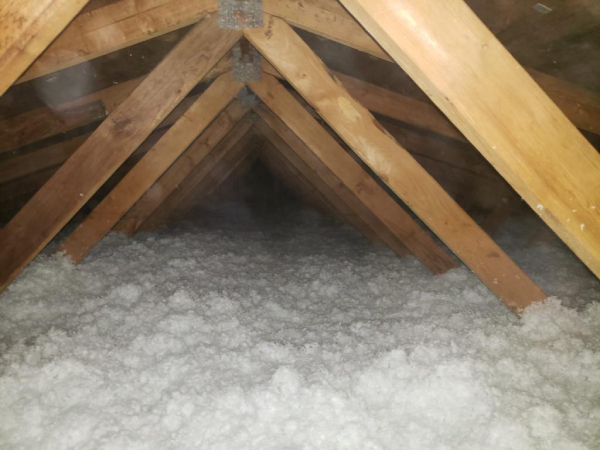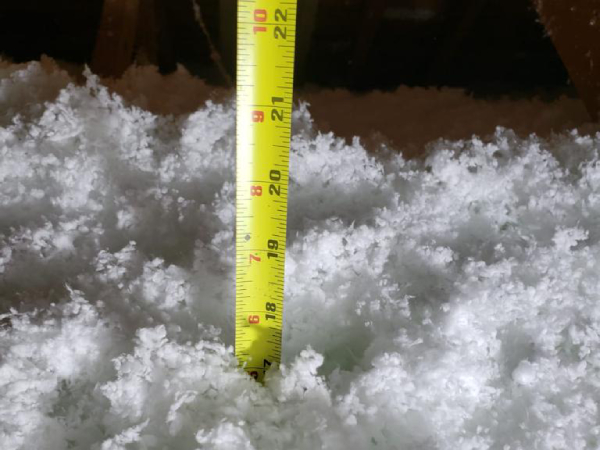
Blown Insulation
Blown Insulation's Comfort Benefits & Ease
Blown insulation is becoming more popular for residential insulation due to its effectiveness and ease of use. This novel technology uses loose-fill insulation to provide many advantages over standard insulation.
Understanding Blown Insulation:
Blown insulation, often called loose-fill insulation, creates thermal barriers by placing microscopic particles of insulation material in spaces. Fiberglass, cellulose, and mineral wool are common blown insulation materials. Attics, walls, and hard-to-reach areas benefit from this seamless and efficient insulation method.
Benefits of Blown Insulation:
Uniform Coverage: One of the main benefits of blown insulation is its ability to give uniform covering in hard-to-reach regions. The loose-fill material fits the space, ensuring every corner is insulated. The heat barrier is complete and more continuous.
Energy Efficiency: Blown insulation is known for its remarkable energy savings. Filling gaps and cavities prevents heated or cooled air from escaping, lowering the heating and cooling system workload. This reduces energy costs and makes the home greener.
Easy Installation: Blown insulation installation is rapid and simple. Professional installers work efficiently with the correct tools. This speed of installation minimizes disruption to your everyday routine and lets you experience better insulation sooner.
Adaptability: Blown insulation is versatile and suitable for various constructions and spaces. It works effectively in attics, walls, and irregularly shaped spaces where other insulation may be difficult to install. Blown insulation is suitable for many homes and buildings due to its versatility.
Cost-Effective: Blown insulation is cost-effective and energy-saving. The rapid installation and cheaper materials make it cheaper than alternative insulators. Energy efficiency can yield long-term financial rewards.

Use Blown Insulation Easily:
Professional installation: Although blown insulation can be placed DIY, it is advisable to contact specialists for larger or more complex work. Professional installers have the skills and equipment to ensure even coverage and effective insulation.
Space Assessment: Assess the space where blown insulation will be installed before installation. Find places that need gap sealing or surface repair. Installation is smooth and efficient.
Proper Equipment: Whether installing blown insulation yourself or using pros, proper equipment is crucial. Blowing machines, hoses, and safety gear are typical. The blowing machine evenly distributes insulation, improving its efficacy.
Protective Measures: Maintain safety when installing blown insulation. To avoid insulation irritation, wear goggles, a mask, and gloves.
Adhere to Manufacturer rules: Different types of blown insulation may have unique rules. Installation must follow these principles to maximize insulation performance.
Blown insulation is a powerful and easy home insulation option. With its uniform covering, energy efficiency, and cost-effectiveness, more homeowners are using this approach to improve their living spaces' comfort and sustainability. Blown insulation makes your home more comfortable and efficient, whether you DIY or hire specialists.
© 2023 H&S Insulation. All Rights Reserved Design by Stratwit Solutions Ltd.
